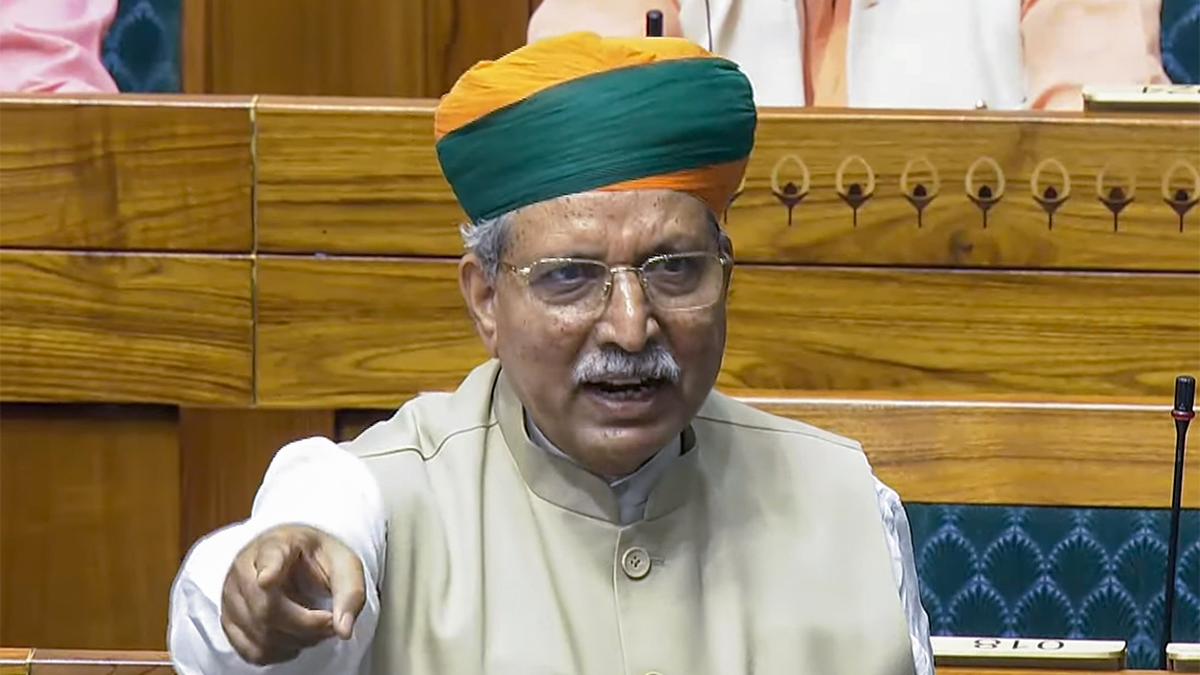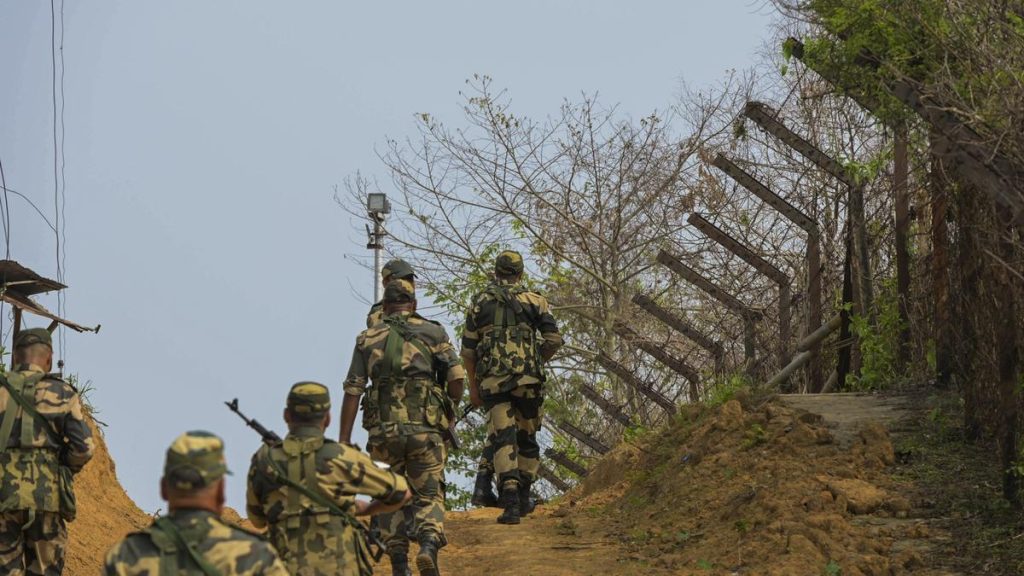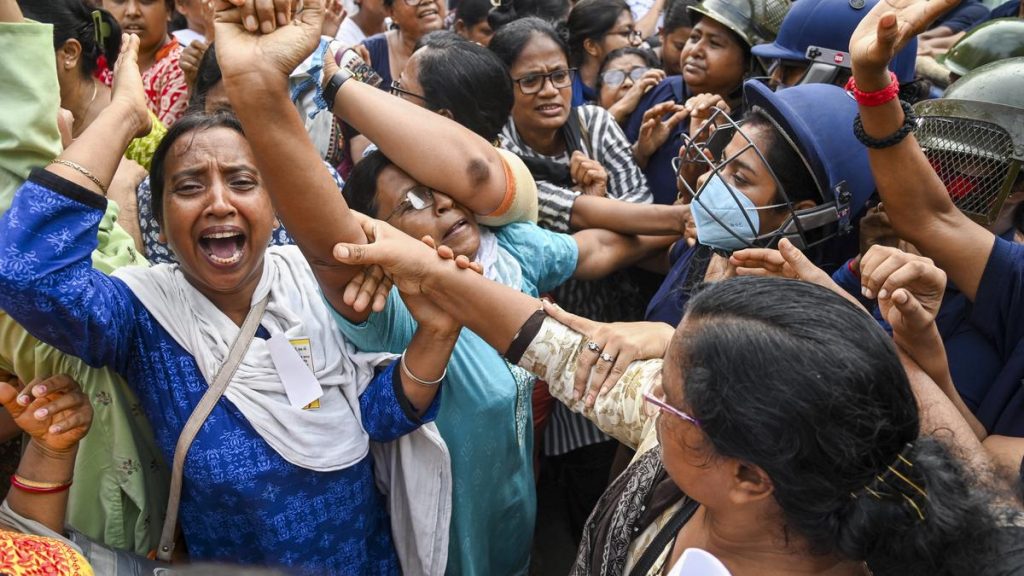Now Reading: 193 Judge Vacancies Await Collegium Recommendations: Govt in Rajya Sabha
-
01
193 Judge Vacancies Await Collegium Recommendations: Govt in Rajya Sabha
193 Judge Vacancies Await Collegium Recommendations: Govt in Rajya Sabha

Quick Summary:
- Union Law and Justice Minister Arjun Ram Meghwal informed Rajya Sabha about judicial vacancies in various high courts on July 24, 2025.
- Out of a sanctioned strength of 1,122 judges across high courts,only 751 are currently working,leaving 371 posts vacant.
- High court collegiums have not yet sent recommendations for more than 50% (193) of these vacancies.
- Proposals for filling the remaining 178 vacancies are at various stages between the government and the Supreme Court Collegium.
- According to the Memorandum of Procedure (MoP), high courts must make recommendations at least six months ahead of expected vacancies, but this guideline is “rarely observed.”
- The process involves input from state governments and consideration based on available reports regarding candidates.
Indian Opinion Analysis:
The revelation that nearly one-third (371) of judicial positions in IndiaS high courts remain vacant underscores meaningful challenges to India’s judiciary system. While procedural guidelines in the Memorandum of Procedure require timely recommendations from collegiums to preempt judicial shortages, non-adherence has created bottlenecks affecting both governance continuity and public access to justice.
This vacancy issue could exacerbate delays in case resolution-a longstanding problem within India’s judiciary-possibly increasing pendency rates across already burdened courts. Bridging communication gaps between high court collegiums, the Supreme Court Collegium, state authorities, and central government remains critical to ensuring an efficient appointment process. the data reflects systemic hurdles rather than partisan failure or success; resolving them may require reforms or strict enforcement mechanisms related to timelines outlined by MoP.
For further discussion: Read More
























